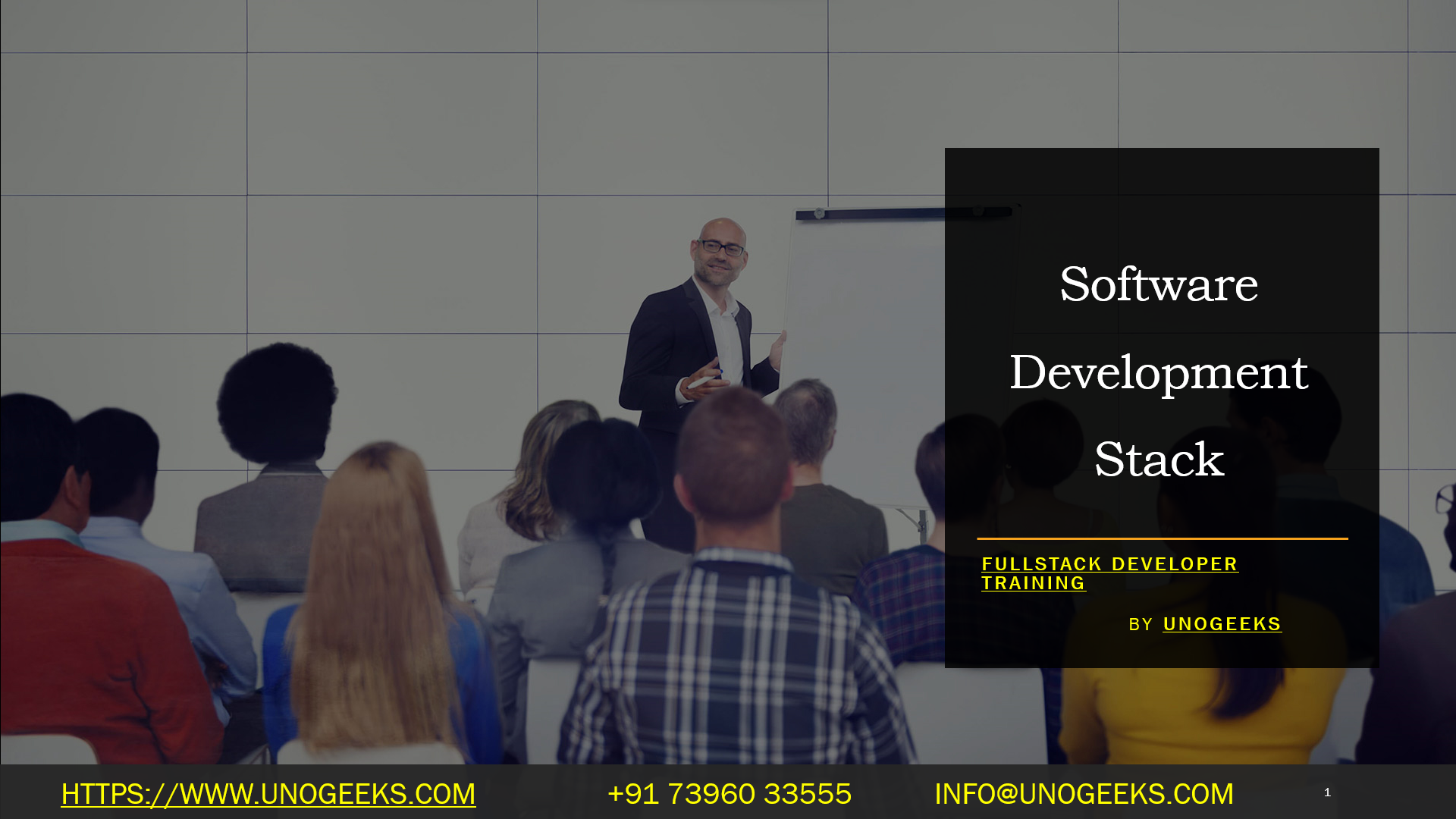Software Development Stack
Software Development Stack
A “Software Development Stack” refers to the collection of programming languages, frameworks, tools, and technologies used in the development of software applications. Each stack is typically tailored to meet specific project requirements and can vary greatly depending on the type of software being developed. Here’s an overview of common components in various software development stacks:
Web Development Stacks
- LAMP Stack:
- Linux (Operating System)
- Apache (Web Server)
- MySQL (Database)
- PHP/Perl/Python (Programming Language)
- MEAN/MERN Stack:
- MongoDB (NoSQL Database)
- Express.js (Back-End Web Application Framework)
- Angular.js or React.js (Front-End Framework)
- Node.js (JavaScript Runtime Environment)
- .NET Stack:
- C# (Programming Language)
- .NET/.NET Core (Framework)
- SQL Server (Database)
- IIS (Web Server)
Mobile Development Stacks
- Native Development:
- iOS: Swift or Objective-C with iOS SDK
- Android: Kotlin or Java with Android SDK
- Cross-Platform:
- React Native
- Flutter
- Xamarin
Desktop Application Development
- C++ with Qt
- Java with JavaFX or Swing
- Electron for cross-platform desktop apps (using JavaScript)
Data Science and Machine Learning Stack
- Python with libraries like Pandas, NumPy, Scikit-learn, TensorFlow, PyTorch
- R and associated packages
- Jupyter Notebooks for interactive coding
DevOps Stack
- Docker for containerization
- Kubernetes for container orchestration
- Jenkins/CircleCI/GitLab CI for Continuous Integration and Continuous Deployment
- Ansible/Chef/Puppet for Configuration Management
- Terraform for Infrastructure as Code
Cloud Stack
- AWS, Azure, or Google Cloud Platform
- Services like EC2, S3, RDS (AWS), Azure VMs, Azure Blob Storage, Azure SQL Database, Google Compute Engine, Google Cloud Storage
Front-End Web Development
- HTML, CSS, JavaScript
- Front-End Frameworks like React, Angular, Vue.js
- CSS Preprocessors like Sass or LESS
- Build Tools like Webpack, Gulp
Back-End Web Development
- Node.js with Express.js
- Ruby on Rails
- Django or Flask for Python
- PHP with Laravel
Version Control
- Git
- SVN
Software Development Tools
- Integrated Development Environments (IDEs) like Visual Studio, IntelliJ IDEA, Eclipse
- Code Editors like Visual Studio Code, Sublime Text, Atom
Database Technologies
- Relational Databases: MySQL, PostgreSQL, Oracle Database
- NoSQL Databases: MongoDB, Cassandra, Redis
Testing Tools
- Selenium, Jest for JavaScript
- JUnit for Java
- PyTest for Python
Choosing the Right Stack
The choice of a software development stack depends on various factors such as the project requirements, team expertise, scalability needs, and the specific use case. It’s important to choose a stack that not only aligns with the technical requirements of the project but is also efficient and manageable in the long term.
Full Stack Developer Training Demo Day 1 Video:
Conclusion:
Unogeeks is the No.1 IT Training Institute for Full Stack Developer Training. Anyone Disagree? Please drop in a comment
You can check out our other latest blogs on Full Stack Developer Training here – Full Stack Developer Blogs
Please check out our Best In Class Full Stack Developer Training Details here – Full Stack Developer Training

———————————-
For Training inquiries:
Call/Whatsapp: +91 73960 33555
Mail us at: info@unogeeks.com
Our Website ➜ https://unogeeks.com
Follow us:
Instagram: https://www.instagram.com/unogeeks
Facebook:https://www.facebook.com/UnogeeksSoftwareTrainingInstitute
Twitter: https://twitter.com/unogeeks
